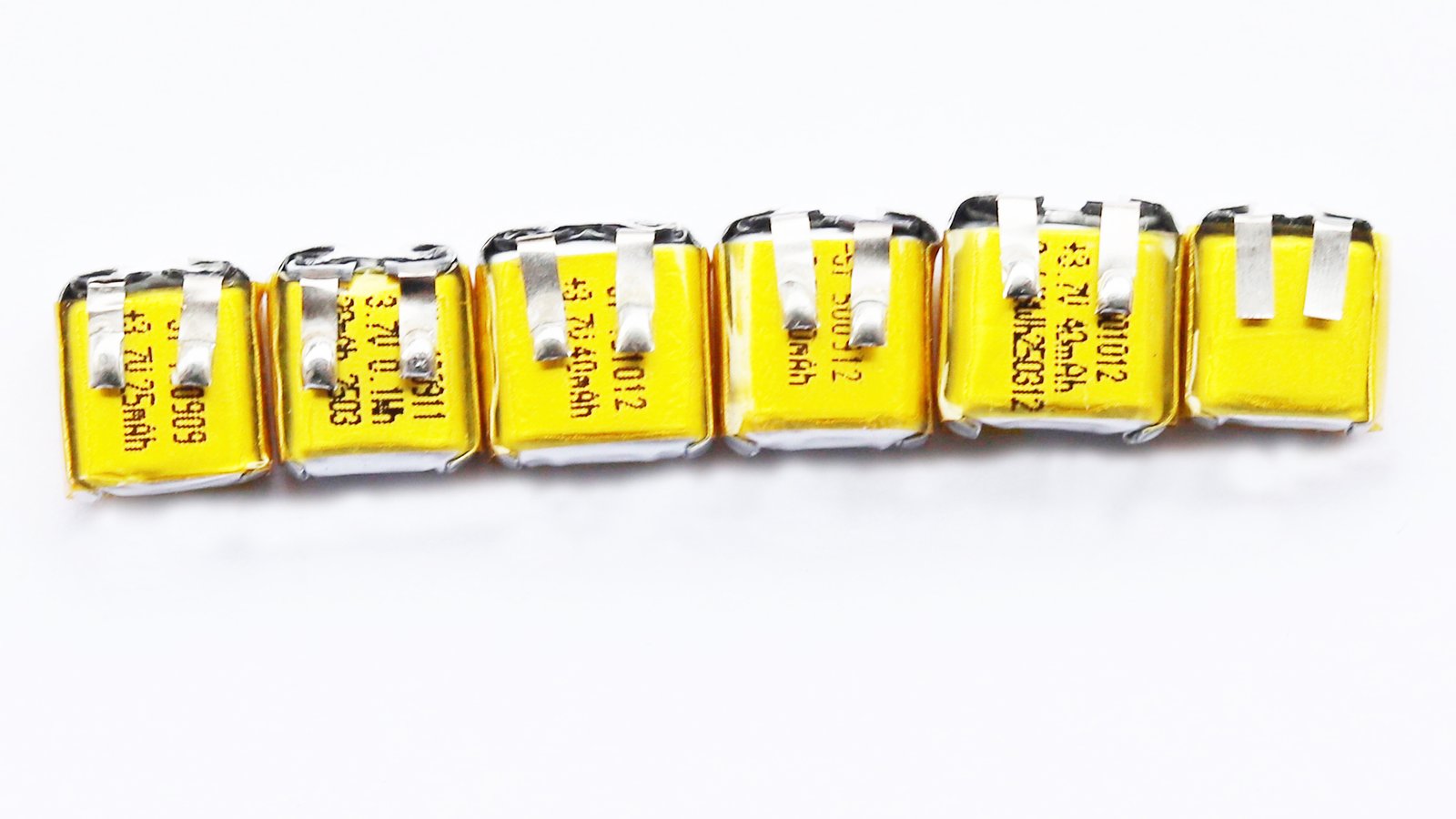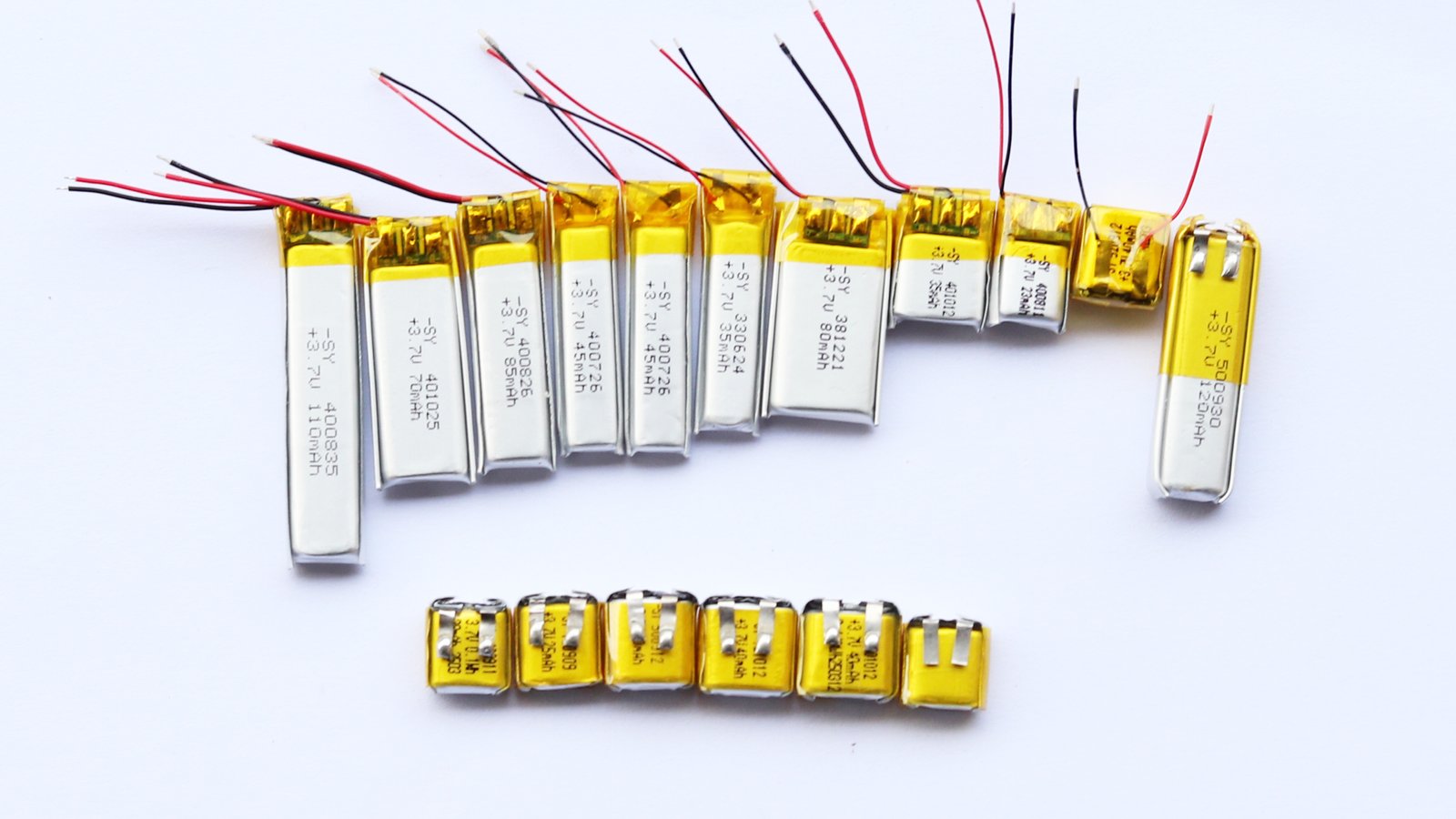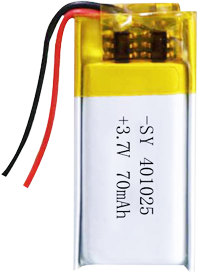Small lithium-ion batteries are powerful but can be pricey. Want to cut costs without cutting corners?
Reducing the cost of small lithium-ion batteries requires smart choices in materials, manufacturing, design, energy use, and recycling—all while protecting performance and safety.

If you’re a manufacturer, distributor, or engineer sourcing batteries in bulk1, lowering cost per unit2 is key to staying competitive. Let’s explore 10 practical ways to do just that.
Table of Contents
ToggleAre raw materials the biggest cost driver?
Yes—and they’re the best place to start saving.
Battery cost is heavily influenced by materials like cobalt, lithium, nickel, and graphite3. Choosing cheaper or alternative materials4 can reduce cost significantly.

Cost-cutting ideas:
| Material | Alternative / Low-Cost Option |
|---|---|
| Cobalt | Use LFP (Lithium Iron Phosphate)5 instead |
| Graphite (anode) | Try silicon-based or hard carbon6 |
| Liquid electrolyte | Explore solid-state options7 |
| Separator film | Use thinner ceramic-coated films |
Buying in bulk or negotiating long-term supplier contracts can also lower costs.
How can the manufacturing process save money?
Efficiency = savings.
Streamlining production reduces waste, saves time, and minimizes labor costs. Automation is your friend here.

Tactics:
- Automate cell assembly and testing
- Use roll-to-roll electrode coating8
- Reduce manual QA with AI-based vision tools9
- Minimize downtime with predictive maintenance10
Investing in better equipment up front can pay for itself in cost savings later.
Does scaling up production actually reduce cost?
Absolutely. Bigger volume = lower cost per unit.
Economies of scale spread your fixed costs over more batteries, making each one cheaper.

How to scale:
- Increase batch size11 with modular lines
- Share production capacity through OEM partnerships12
- Centralize procurement to qualify for volume discounts13
Small battery factories often see major price drops when scaling from 100,000 to 1 million cells.
Is simpler battery design cheaper?
Yes—simple is smart.
Simplifying internal structure reduces materials, labor time, and assembly error rate.

Design simplification tips:
- Integrate BMS14 into the pack directly
- Use prismatic or pouch cells15 instead of cylindrical
- Combine roles: conductive tabs + thermal sensors16
Fewer parts = fewer problems.
What role does supply chain optimization play?
A huge one.
Smart sourcing, lean inventory, and localized logistics cut major costs from every unit.

Tips to optimize:
- Source cathode materials closer to your factory
- Ship cells by sea freight (not air) when time allows
- Use ERP to track real-time inventory
Bonus: a leaner supply chain also means a smaller carbon footprint.
Can energy consumption be reduced during production?
Yes—and it helps both your bills and the planet.
Lithium battery plants consume a lot of power. Switching to energy-efficient processes reduces cost long term.

Save with:
- Solar panels on facility rooftops
- Heat recovery from drying ovens
- LED lighting and energy-efficient HVAC
- Load balancing during off-peak hours
Green energy isn’t just good PR—it’s good business.
Is battery recycling a cost-saving strategy?
Definitely. Old batteries can become new resources.
Recovering valuable materials from end-of-life cells reduces raw material dependency and cost.

What can be recovered:
- Lithium
- Nickel
- Cobalt
- Copper foil
Closed-loop recycling is becoming standard for cost and sustainability reasons.
Can quality control help reduce cost?
It may sound backward, but yes.
Better quality means fewer rejects, less rework, and lower warranty claims—all big cost drains.

Low-cost QA best practices:
- Inline testing during electrode coating
- X-ray for internal structural inspection
- Early detection of swelling, gas leakage, etc.
Good quality control = less waste and happier customers.
Is investing in R&D worth the cost?
Yes—if you want long-term savings.
R&D enables you to develop cost-efficient chemistries, smarter designs, and better sourcing options.

Example breakthroughs:
- Water-based electrode slurry (no toxic solvents)
- Solid-state electrolytes (no flammable liquids)17
- Binder-free electrodes (cheaper and greener)
Every step forward in performance can be paired with a cost cut.
Can government incentives reduce battery costs?
They already are—worldwide.
Governments offer grants, subsidies, and tax breaks for battery makers. Take advantage of them.

Opportunities include:
- Green energy credits
- Manufacturing zone tax relief
- Innovation R&D funding
- Export subsidies
Check local and national programs. Many countries are betting big on energy storage.
Conclusion
Lowering the cost of small lithium-ion batteries isn’t about cutting corners—it’s about making smarter decisions at every stage of the process.
-
Learn about best practices that can streamline your bulk battery sourcing process and save you money. ↩
-
Discover proven strategies to reduce costs and enhance your competitive edge in battery sourcing. ↩
-
Learn about the essential materials in battery technology and their impact on performance and cost. ↩
-
Exploring alternative materials can lead to cost savings and more sustainable battery production methods. ↩
-
Discover the advantages of LFP batteries, including safety and cost-effectiveness, which can enhance your understanding of alternative materials. ↩
-
Learn about the performance and efficiency of silicon-based and hard carbon anodes, which could revolutionize battery technology. ↩
-
Explore the potential of solid-state electrolytes for improved safety and performance in battery technology, a key area of innovation. ↩
-
Discover the benefits and applications of roll-to-roll electrode coating in manufacturing processes. ↩
-
Explore how AI-based vision tools can enhance quality assurance processes and reduce manual efforts. ↩
-
Learn about predictive maintenance strategies that can significantly reduce equipment downtime and improve efficiency. ↩
-
Exploring this resource will provide insights on optimizing batch sizes for efficiency and cost savings. ↩
-
Understanding OEM partnerships can enhance your production capacity and collaboration strategies. ↩
-
This link will guide you on strategies to centralize procurement and maximize savings through volume discounts. ↩
-
Understanding BMS is crucial for optimizing battery performance and safety. Explore this link to learn more about its integration. ↩
-
Discover the benefits of prismatic and pouch cells, which can enhance battery efficiency and design flexibility. ↩
-
Learn how combining these components can improve battery management and safety, making your systems more reliable. ↩
-
Discover the advantages of solid-state electrolytes in preventing fire hazards and enhancing battery performance. ↩

